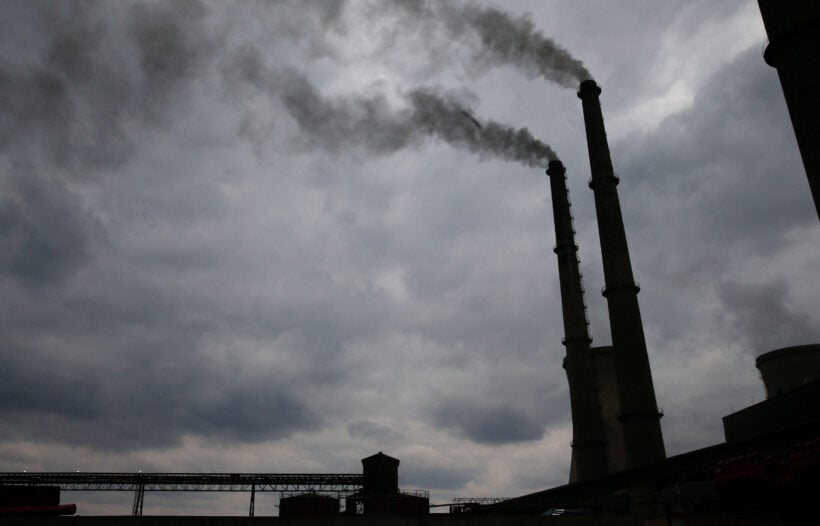
HARARE, Sept 17 (Reuters) – Zimbabwe is struggling to get independent energy projects built to help ease a prolonged power shortage due to lack of funding and economic instability, a government official has said.
The southern African country, which battles lengthy power blackouts, generates about 1,200 megawatts of electricity, mostly from its coal-fired Hwange plant, against peak demand of nearly 2,000 megawatts.
To plug the deficit, the government has licensed private investors to generate a combined 2,920MW from coal and solar plants.
Of these, about 250MW in private power generation is expected to come on stream this year, energy secretary Gloria Magombo told an economic conference on Monday.
“We have natural energy resources but what we need is financing. That financing needs macroeconomic stability,” Magombo said.
Independent power producers also need government assurances that they will be able to remit dividends and loan repayment funds, she added.
Zimbabwe continues to experience episodes of high inflation, mainly due to a volatile local currency it reintroduced in 2019, a decade after abandoning it for the U.S. dollar.
The country’s foreign currency shortages mean investors struggle to remit dividends or repay international loans.
Independent power producers are also deterred by the prospect of selling power at what they see as an overvalued official exchange rate, which would lead to losses.
Zimbabwe generates at least 80% of its electricity from coal, with output from the 1,050-MW Kariba hydropower plant now capped at 215 MW due to low water levels after last year’s devastating drought. Small independent power producers routinely contribute between 20 MW and 50 MW to the national grid.
Power demand is expected to surge mostly due to expansion in mining projects as Africa’s top lithium producer Zimbabwe seeks to capitalise on the expected increase in demand for the battery metal.
(Reporting by Nyasha Chingono; Editing by Nelson Banya and Emelia Sithole-Matarise)

